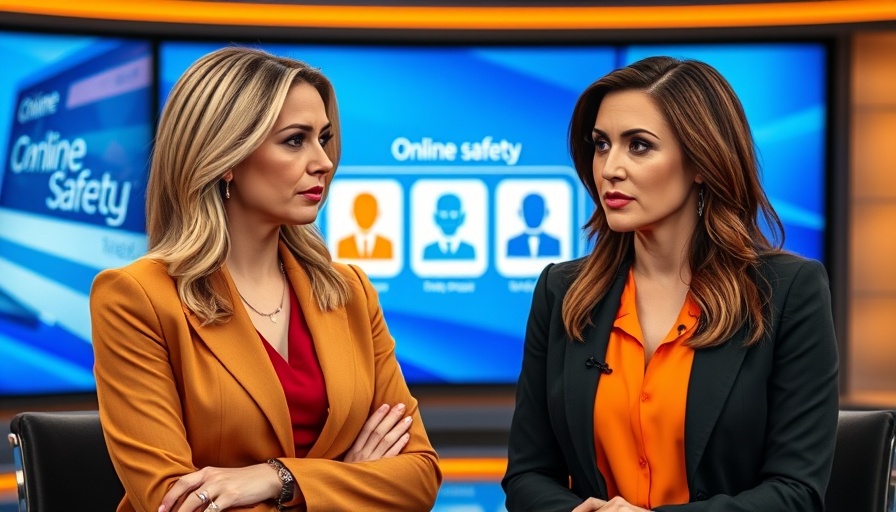
Understanding the Digital Landscape: Why Online Safety Matters
In today's increasingly digital society, ensuring the safety of children online has become a paramount concern. Parents are tasked not only with teaching their children about the physical world but also about the often-unseen dangers of the internet. As Betty Casey from Tulsa Kids Magazine highlights, just like teaching a child to look both ways before crossing the street, equipping them with the right knowledge can help navigate online hazards.
Expert Tips for Online Safety: Key Strategies for Parents
To safeguard children in the digital age, experts recommend several strategies:
- Open Communication: Encourage an open dialogue with children about their online activities. Ask them about their experiences and ensure they feel comfortable sharing any troubling encounters.
- Educate About Privacy: Teach children not to share personal information, including their full names, addresses, or school names, in any online setting.
- Utilize Parental Controls: Leverage technology by using parental control tools available on devices and gaming consoles. This helps monitor and limit what children can access online.
- Promote Safe Social Media Practices: Discuss with them the importance of privacy settings and the implications of oversharing on social media.
- Stay Informed About Trends: Keep abreast of the latest apps and platforms that children are using, as they evolve rapidly; understanding these can help preemptively address potential risks.
The Impact of Cyberbullying and How to Combat It
Cyberbullying is a disturbing byproduct of increased online connectivity. Quick to spread through social media and messaging apps, it can have devastating effects on a child's emotional well-being. Parents should facilitate a conversation about cyberbullying, helping children recognize it and encouraging them to report any such experiences to trusted adults. Moreover, establishing a supportive environment can serve as a buffer against emotional distress caused by cyberbullying.
Understanding Gaming and Screen Time Limits
Gaming can be a fun escape for children, but it should be balanced with other activities. Setting screen time limits encourages them to explore hobbies, play sports, and interact in person with peers. Health experts suggest that children aged 6 years and older should engage in consistent limits to ensure they have a healthy mix of online and offline activities. Moreover, consider including quality educational apps and games that promote learning rather than mere entertainment.
Future Trends: The Evolving Nature of Online Safety
As technology evolves, so do the methods that protect children online. Cybersecurity will continue to advance, incorporating artificial intelligence and machine learning to detect and analyze threats more efficiently. Educators and parents must stay informed about these innovations. By fostering a safe digital environment, children can enjoy the benefits of the internet while minimizing potential risks.
Actionable Steps to Protect Your Child
Take proactive steps toward your child's online safety by implementing the following actionable insights:
- Establish a family media plan that outlines acceptable screen time, types of media, and appropriate online behaviors.
- Engage with your children’s online experiences, whether gaming, social media, or browsing. Co-viewing or participating together can enhance understanding.
- Regularly update your security software and educate children about recognizing phishing attempts or suspicious links.
By fostering proactive communication, utilizing technology responsibly, and staying informed, parents can help protect their children from the risks of digital life.
 Add Row
Add Row  Add
Add 




 Add Row
Add Row  Add
Add 

Write A Comment